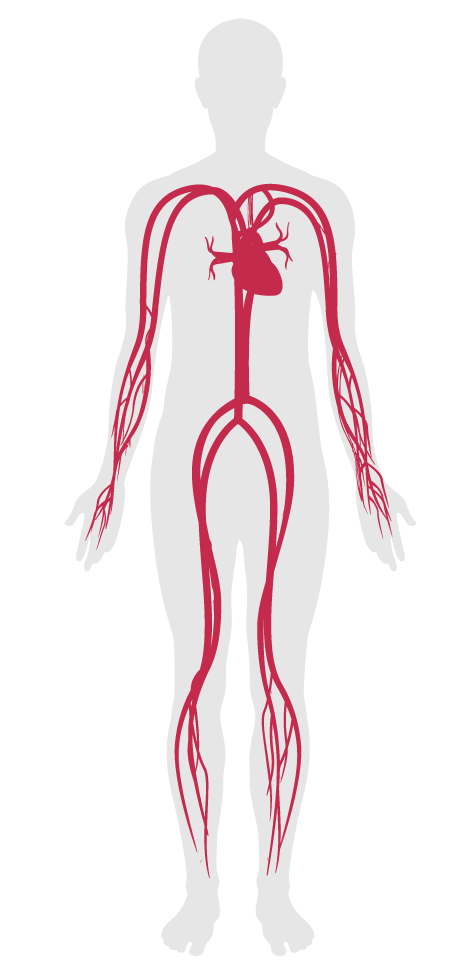Self-monitoring
Features/Mind/Feature 94
- 84 Health and wellness awareness
- 85 Integrative design
- 86 Post-occupancy surveys
- 87 Beauty and design I
- 88 Biophilia I - qualitative
- 89 Adaptable spaces
- 90 Healthy sleep policy
- 91 Business travel
- 92 Building health policy
- 93 Workplace family support
- 94 Self-monitoring
- 95 Stress and addiction treatment
- 96 Altruism
- 97 Material transparency
- 98 Organizational transparency
- 99 Beauty and design II
- 100 Biophilia II - quantitative
- P5 Health through housing equity
- P6 Education space provisions
Self-monitoring
Intent:
To promote awareness of individual biomarkers associated with health and wellness.
BACKGROUND
Self-monitoring devices that accurately observe and quantify changes to the body over time show promise in promoting awareness of one’s health status. These technologies can provide a powerful tool for gaining personal insight into the physiological states of the body, thereby encouraging positive behavioral and lifestyle changes. Monitoring food intake, weight and physical activity is a proven behavior therapy technique that can aid in weight loss and weight maintenance programs, promoting improved health and well-being.
A sensor capable of measuring at least 2 of the following parameters is made available to each employee for his/her personal use and is subsidized by at least 50%:
a.94
Body weight/mass.
b.62
Activity and steps.
c.
Heart rate variability.
d.
Sleep duration, quality and regularity.

